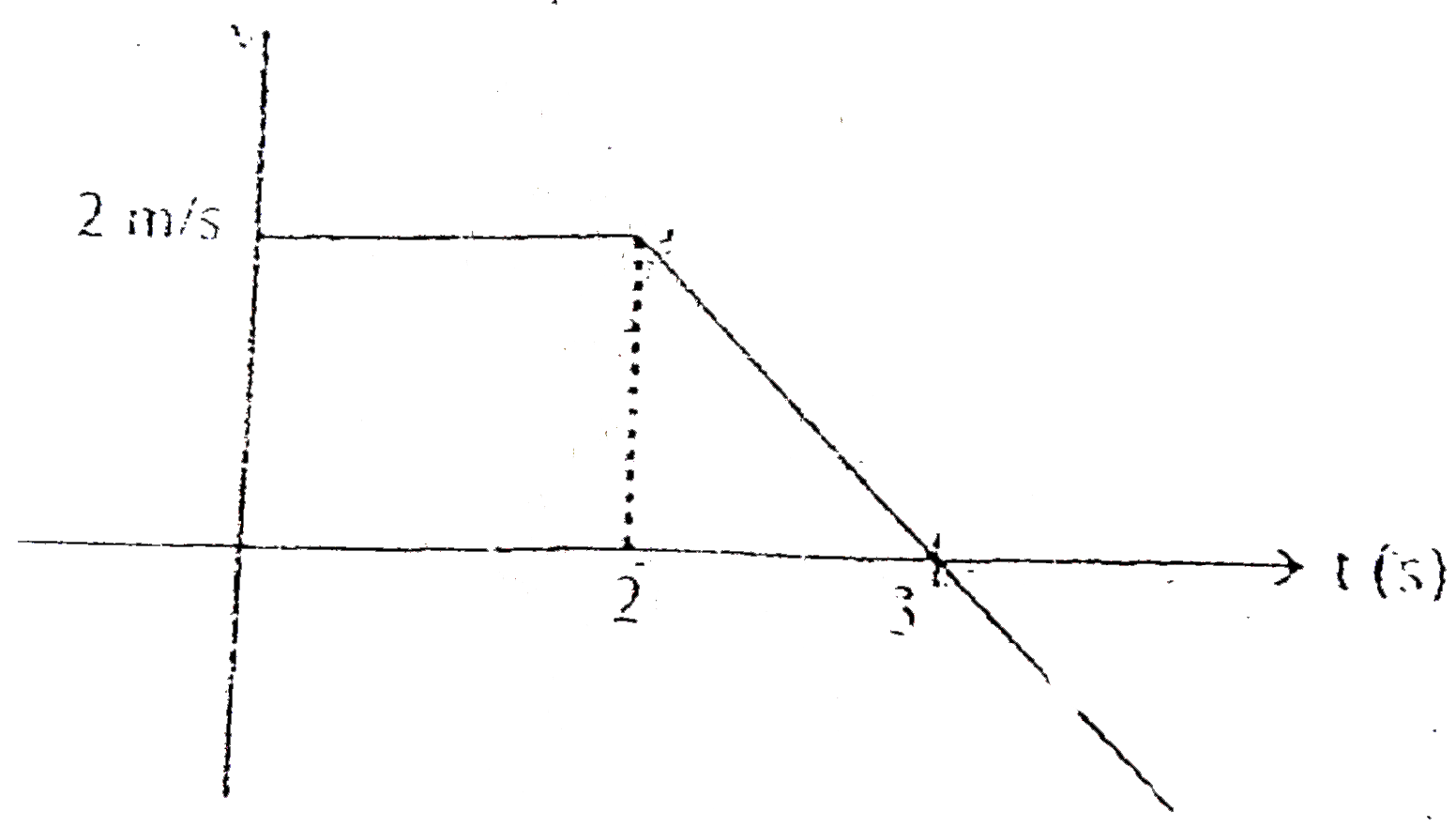A particle shows distance-time curve as given in this figure. The maximum instantaneous velocity of the particle is around the point.
 .
.
(a) B
(b) C
(c) D
(d) A
A
B
C
D
The correct Answer is:C
In the given distance-time graph at the point C, slope of the graph is maximum thus at this point C instantaneous velocity of the particle is maximum.
Topper's Solved these Questions
- BOOK - DC PANDEY ENGLISHCHAPTER - MOTION IN A PLANEEXERCISE - (B) Meical entrance special format questions (Assertion and reason)19videos
MOTION IN A PLANE
- BOOK - DC PANDEY ENGLISHCHAPTER - MOTION IN A PLANEEXERCISE - (B) Meical entrance special format questions (Mathch the columns)6videos
MOTION IN A PLANE
- BOOK - DC PANDEY ENGLISHCHAPTER - MOTION IN A PLANEEXERCISE - Check point 3.715videos
MOTION IN A PLANE
- BOOK - DC PANDEY ENGLISHCHAPTER - MOTIONEXERCISE - Medical entrances gallery19videos
MOTION
- BOOK - DC PANDEY ENGLISHCHAPTER - PROJECTILE MOTIONEXERCISE - Level - 2 Subjective10videos
PROJECTILE MOTION
Similar Questions
Knowledge Check
- Question 1 - Select One
The displacement-time graph of moving particle is shown below

The instantaneous velocity of the particle in negative at the pointACBDCEDF
The displacement time graph of moving particle is shown below.

The instantaneous velocity of the particle is negative at the point.View SolutionThe displacement time graph of a moving particle is shown below

The instantaneous velocity of the particle is negative at the pointView SolutionThe displacement-time graph of moving particle is shown below

The instantaneous velocity of the particle in negative at the pointView SolutionThe position- time graph of a moving particle is shown. The instantaneous velocity of the particle is negative at the point
 View Solution
View SolutionA particle is moving on X−axis. Its velocity time graph is given in the figure. Find distance travelled by the particle in 5sec.
 View Solution
View SolutionFigure given here shows the variation of velocity of a particle with time.
Find the displacement. ,
 View Solution
View Solutiondisplacement versus time curve for a particle executing SHM is is as shown in figure. At what points the velocity of the particle is zero?
 View Solution
View Solution
